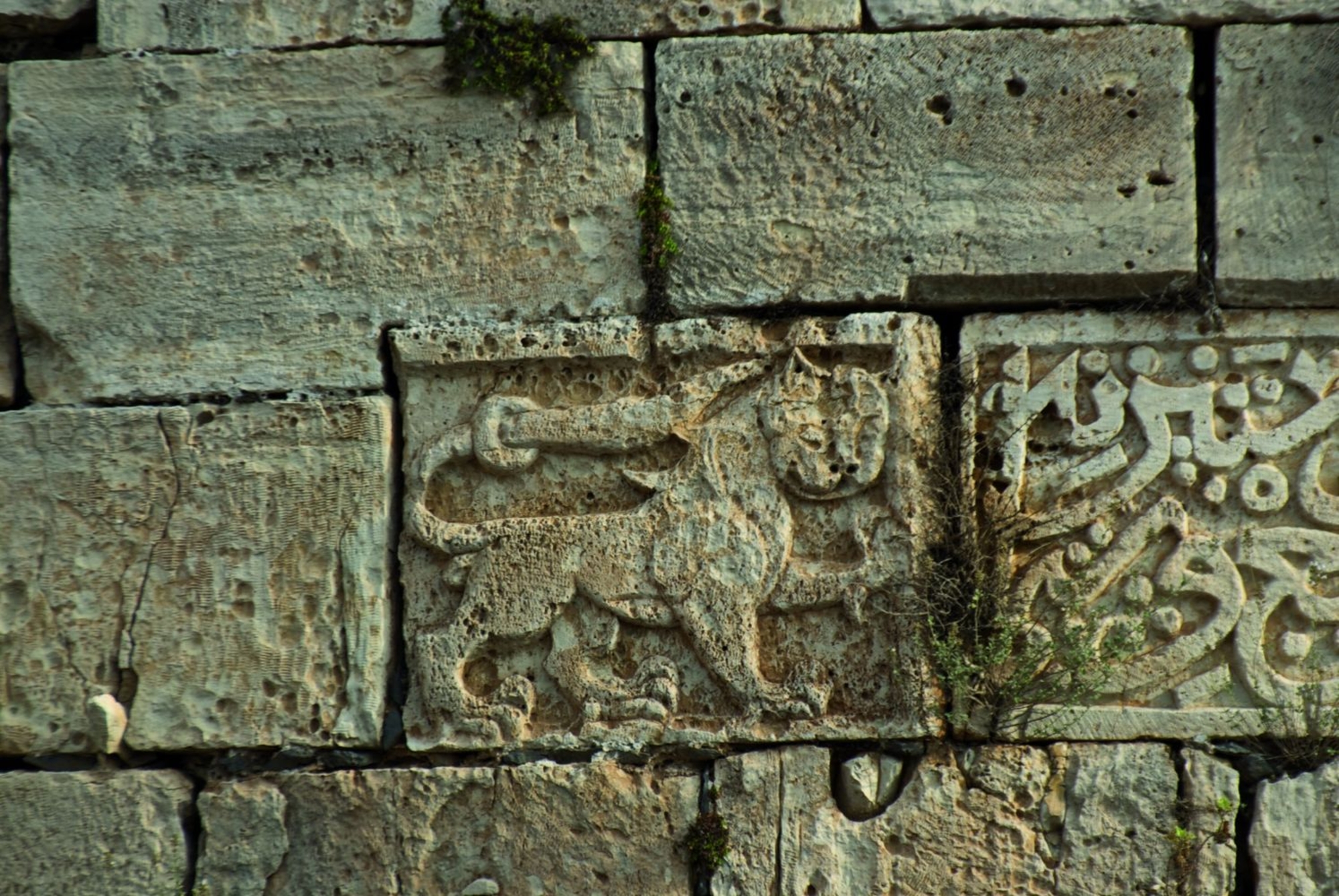
- Home
- Explore the site
- The Mamluk castle (13th-14th centuries)
- The hammam
In Islamic architecture of the 12th and 13th centuries, the hammam, like the mosque and palace residence, played a central role in the palatine military complexes built by Ayyubid princes and Mamluk sultans and their Emirs. Usually described as an annex to the mosque intended for ritual purification before prayer, baths also served a more pragmatic purpose as places to wash and relax, as they had done in Antiquity, and ultimately to socialise.
The hammam in the Krak des Chevaliers was built around the time the fortress was transformed into a palatial residence. Neither the documentary sources nor the epigraphy shed light on the date of its construction, but it was certainly one of the first changes made by the Mamluks. Its location away from the Emir's quarters and its large size suggest it was intended for the entire garrison rather than exclusively for military elites.
The layout of the hammam in the Krak des Chevaliers
The hammam occupied the southeast corner of the fortress in the southern lists. It was built in an ideal location below the large cistern that fed into the bath.
Access to the hammam was through the changing room (al-barrani), where people undressed and then tied a towel around their waist as nudity was forbidden. The quadrangular room had four niches with benches, underneath which were eleven small compartments for personal belongings. It had a groin-vaulted ceiling and a large fountain with an octagonal basin at its centre to freshen the air for the men who relaxed there after their bath.
From the changing room, a U-shaped corridor led to the latrines, then to the warm room (al-wastani) and finally the hot bath (al-juwani). The warm room was a small raised area with a fountain and a domed ceiling. The hot rooms were located symmetrically on either side of the hot bath. They had a basin with hot and cold flowing water. The hot bath was a quadrangular room covered with a dome partially decorated with muqarnas. A niche with two basins and a small window allowed steam to escape from the bath and around the room.





